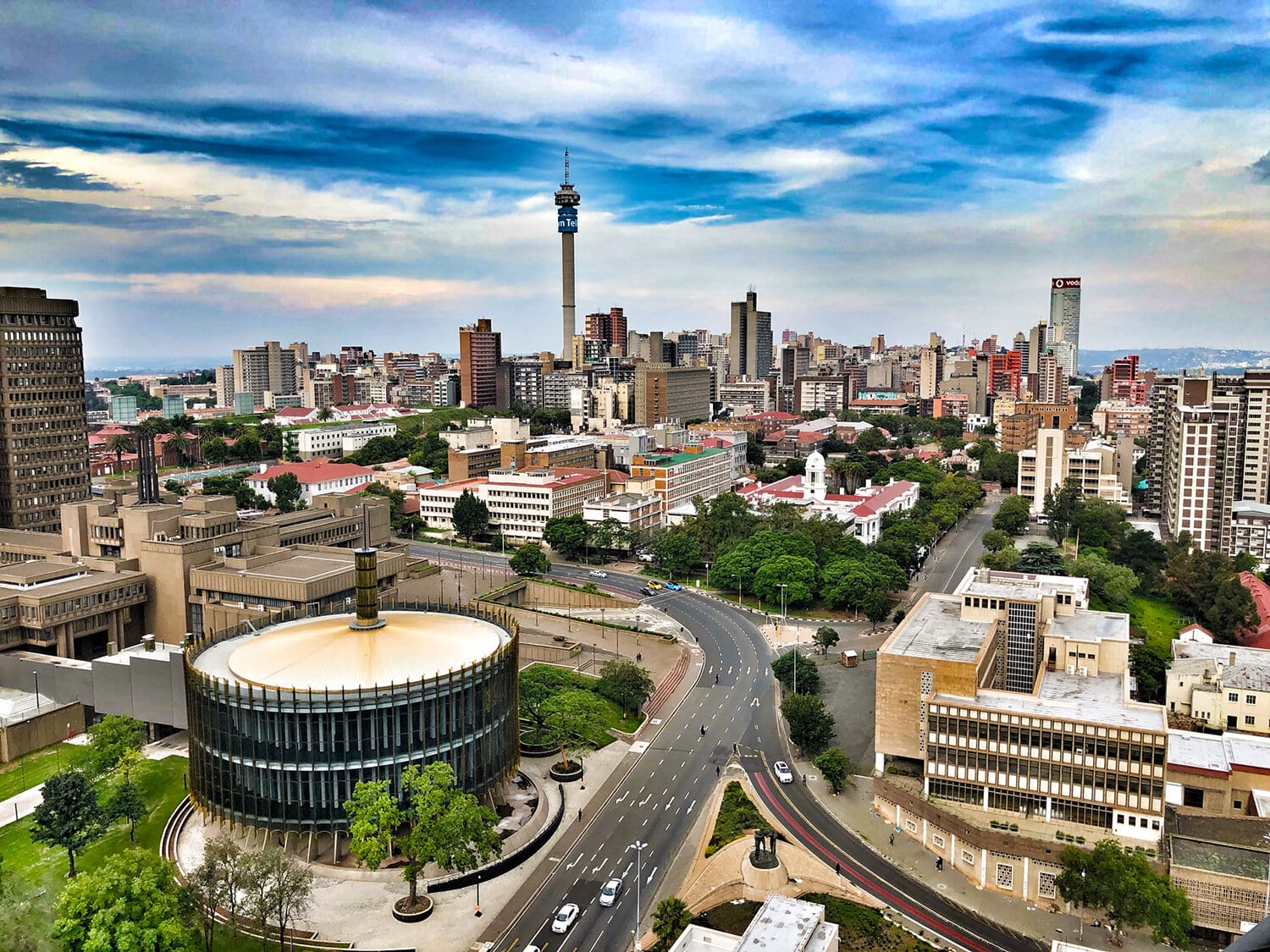Unknown Facts About Johannesburg North Attractions
Unknown Facts About Johannesburg North Attractions
Blog Article
9 Easy Facts About Johannesburg North Attractions Described
Table of ContentsThe 8-Minute Rule for Johannesburg North AttractionsJohannesburg North Attractions Can Be Fun For EveryoneThe Definitive Guide to Johannesburg North Attractions7 Simple Techniques For Johannesburg North Attractions9 Easy Facts About Johannesburg North Attractions DescribedNot known Incorrect Statements About Johannesburg North Attractions Top Guidelines Of Johannesburg North Attractions
Nevertheless you ought to maintain protection in mind and travelers should remain sharp in all times when in strange environments. Speak with the locals when you are in community to learn about the area you are remaining in. Johannesburg North attractions. When on the road (this doesn't relate to mall and various other safe settings) finest basic recommendations is to attempt your finest to look like a regional and to stay clear of presenting any form of wide range
Johannesburg North Attractions - Questions
Professor Revil Mason O. J. (Thomson, 1946) explored the Witwatersrand's pre-colonial background. His archaeological work took off the 'em pty land' misconception, according to which the region was lacking human habitation prior to the arrival of European settlers. In his publications Prehistory of the Transvaal: A Record of Human Task (1962) and Beginnings of Black People of Johannesburg and the Southern Western Central Transvaal Advertisement 3501880 (1986 ), Teacher Mason demonstrated the level of social and economic advancement in the location before Europeans established foot here.

Getting My Johannesburg North Attractions To Work
In 1878, David Wardrop located gold in quartz capillaries at Zwartkop, north of Krugersdorp. In 1881, Stephanus Minnaar came throughout gold on the ranch Kromdraai, near the Cradle of Humankind.
In March 1886, a protrusion (soon to be called the Key Coral reef) was discovered, fairly luckily, on Gerhardus Oosthuizen's farm Langlaagte. Some claim that the Lancastrian coal miner George Pedestrian discovered this coral reef. One more travelling English miner, George Harrison (that had formerly operated in Australian mines) acquired a prospecting permit in regard of Langlaagte in May 1886.
He made a decision to go on in a pursuit for greener fields, and disposed of his Langlaagte insurance claim for the baronial sum of 10. Alas: under lay the richest goldfield ever before located. The exploration of this abundant auriferous coral reef provoked a gold rush that indicated completion of bucolic serenity in the southerly Transvaal.
It would, within 6 years, come to be the biggest community in southern Africa. Within a decade, it would certainly make the Z. A. R. till after that an anarchical and insolvent little state the wealthiest country in Africa. By the millenium, the Z. A. R. was to surpass Russia, Australia and the United States of America to come to visit this web-site be the world's leading gold manufacturer, producing greater than a quarter of the globe's gold.
Johannesburg North Attractions - An Overview
It was referred to as Ferreira's Camp, called after Colonel Ignatius Ferreira. He was a Boer traveler upon whom the British authorities had bestowed the status of Companion of one of the most Distinguished Order of St Michael and St George (qualifying him to the post-nominal letters C. M. G.) in gratefulness for his duty in the battle that had deposed the Pedi king Sekhukhune in 1879.
Two various other camps were developed: Meyer's Camp on the ranch Doornfontein, and Paarl Camp. The latter was nicknamed Afrikander Camp; several people from the Cape Colony cleared up there.

The Definitive Guide to Johannesburg North Attractions
This name acquired currency by word of mouth, such that the State Assistant verified the name to the Mining Commissioner on 9 October 1886. Stands in the village were auctioned on 8 December 1886. While some stands were cost 10, others were torn down for just sixpence.
2 years later on, these erven were to alter hands for as much as 750 each. The tented camps dwindled as a dorp of corrugated iron structures developed and broadened north of the mines situated along the Key Reef Road. Areas such as Jeppe's Community (where working-class immigrants erected their dwellings) and Doornfontein (where the affluent new 'Randlords' began to build their luxurious homes) were quickly included in the ever-expanding map of the community.
Unknown Facts About Johannesburg North Attractions
In addition to the road names, there were no indications of Johannesburg being positioned in a Dutch-speaking nation. Several years later on, C. W. Kearns O. J. (among the very first children enlisted at St John's College in 1898) would certainly recall: 'An odd reality about Johannesburg was that, although it remained in the [Boer Republic], nearly everybody talked English and also the Federal government servants dealt with one in English, unless they were first attended to in the Taal (or Low Dutch)'.
Thus, Britain had a rate of interest in ensuring optimal conditions for gold manufacturing on the Witwatersrand, and that the gold was exported to London instead of Berlin a critical made even more clamant by the Z. A. R - Johannesburg North attractions.'s increasing toenadering with Germany. Mine owners got on a clash with Head of state Kruger, whose policy of monopolistic giving ins (typically provided to his cronies) avoided mining firms from procuring products of materials (particularly dynamite) and work by themselves, less costly terms
The Facts About Johannesburg North Attractions Revealed
In 1890, the Volksraad had limited the franchise to white guys who had stayed in the Z. A. R. for fourteen years or longer, hence invalidating the majority of the immigrants (who happened to be the major contributors to the fiscus). Nevertheless, frustration for the ballot was a plain pretext for promoting a different agenda; many uitlanders regarded themselves as short-term visitors and had no intent of staying in the Z.
Report this page